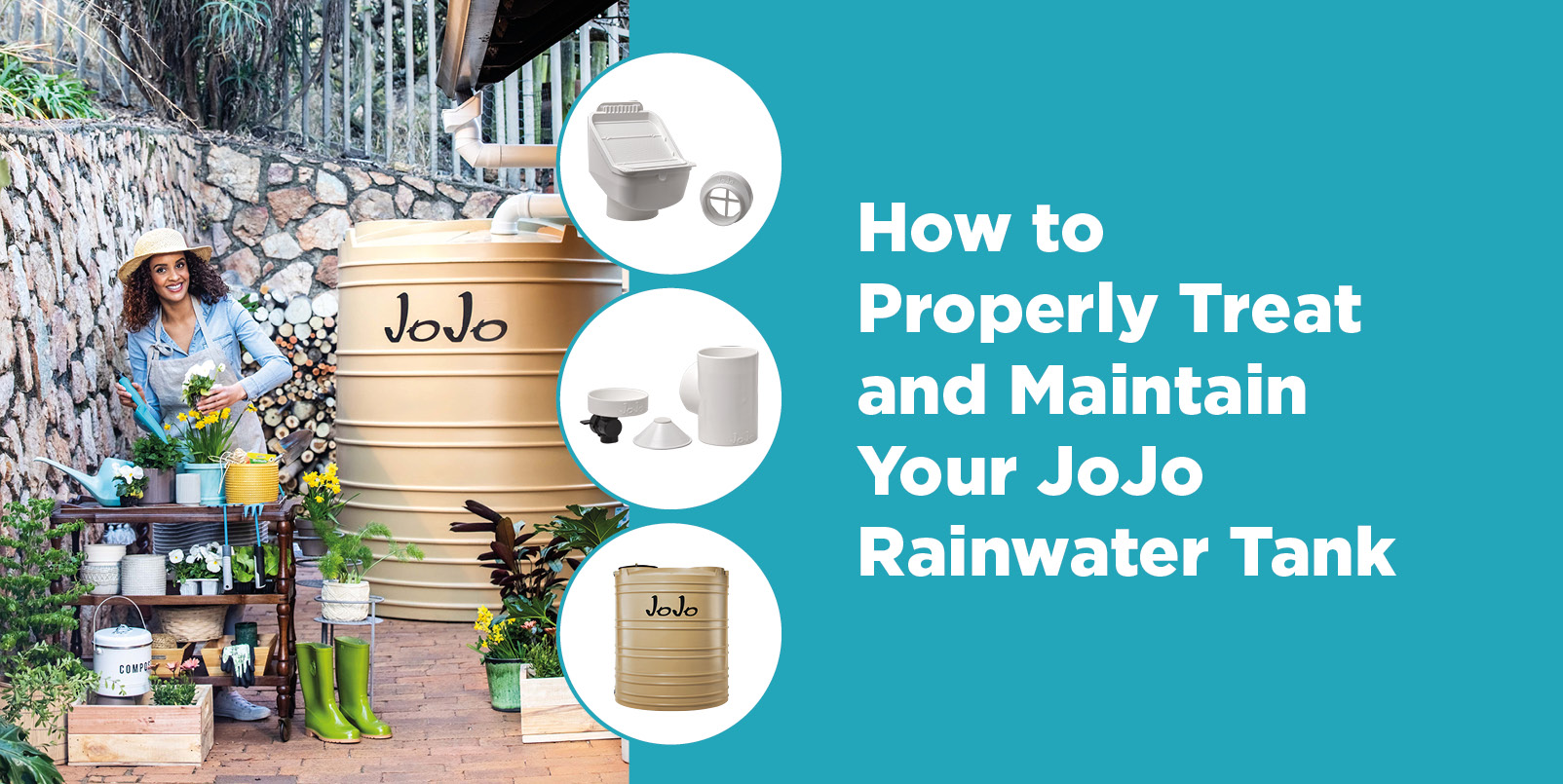Investing in a JoJo tank is a wise decision for ensuring water security and reducing your environmental impact. JoJo tanks are engineered for durability and minimal maintenance requirements. Their black inner lining effectively prevents algae growth, while the 10-year UV protection and warranty guarantee a long service life.
However, it’s important to remember that maintaining a clean and safe water supply involves more than just the tank itself. Your entire rainwater harvesting system, including gutters, rainheads, and first flush diverters, plays a crucial role in ensuring the water entering your tank is as clean as possible.
Common contaminants like E. coli, often originating from bird droppings, can find their way into your rainwater supply. Remember that dust and debris can accumulate on rooftops, especially during dry periods, and be washed into your tank with the first rains.
This guide aims to provide you with practical advice on how to maintain a water tank and rainwater harvesting system. By following these JoJo tank water treatment recommendations, you can maximise the benefits of the upcoming rainy season and ensure a consistent source of clean, safe water!
Understanding Your JoJo Water Tank
JoJo tanks are manufactured from LLDPE polymer, a durable material that’s heated and moulded into shape. This process ensures even plastic distribution, allowing the tank to withstand the pressure exerted by the stored water.
The overall thickness of the side walls, rather than the number of plastic layers, determines the tank’s strength, as the layers are fully bonded together. The additional plastic and reinforcing ribs at the bottom of the tank provide extra support where water pressure is highest.
The tank is constructed with two distinct layers. The outer layer is UV-protected and features the iconic JoJo colours, ensuring both durability and aesthetic appeal. The inner layer is made of food-grade black plastic, preventing light penetration and inhibiting algae growth. This food-grade lining guarantees the water stored within remains safe for human and animal consumption.
The size and shape of your JoJo tank will depend on its intended use and the available space. When space is limited, options like the JoJo Slimline range, or our smaller 1000, 1500 or 1800 litre vertical tanks offer a smaller footprint without compromising storage capacity.
In the next section, we’ll go into more detail on how to treat water storage tanks and maintain your system.
Maintenance of Water Tanks and Rainwater Harvesting Systems
To ensure your JoJo tank captures the maximum amount of rainwater, it’s important to perform some maintenance before the rainy season arrives. Blockages in your gutters can lead to overflow, missing out on valuable water collection opportunities.
Follow these simple steps to prepare your rainwater harvesting system:
1. Start with the Gutters:
- Open the bottom valve of your first flush diverter to allow water to flow freely.
- Remove any leaves, debris, or blockages from your gutters.
- Thoroughly wash the gutters down with a hosepipe.
2. Clean the Rainhead and First Flush Diverter:
- Remove any debris on top of the rainhead’s screen by hand or with a hose.
- Flush the first flush diverter with water, allowing it to flow out the bottom valve.
3. Assess the Sediment Level in Your JoJo Tank:
- Take a water sample from the bottom of the tank.
- Let the sample stand in a clear container for at least an hour to allow sediment to settle.
- Observe the amount of sediment in the sample. This indicates the sludge level in your tank.
4. Clean Your JoJo Tank (Ideally When Nearly Empty):
- The best time for cleaning is just before the rainy season, typically around August/September in inland areas.
- Disconnect all pumps and pump fittings from the tank.
- Carefully turn the tank on its side, ensuring the water outlet is at the bottom and open.
- Use a hosepipe to thoroughly wash down the inside of the tank.
- If necessary, consider a water tank treatment with a chlorine solution to disinfect the tank (follow the instructions on the product label).
5. Reassemble and Secure:
- Before reconnecting the pump, ensure the pump inlet pipe is clean.
- Return the tank to its foundation, making sure it’s level and stable without any overhangs.
- Secure the JoJo lid tightly using the spring-loaded e-clips.
Troubleshooting Common Issues
While JoJo tanks are designed to minimise maintenance, it’s important to be aware of potential issues and how to address them.
Algae growth should not occur in a high-quality tank with proper light protection. If you notice algae, inspect your tank for any gaps or openings that might be allowing light to penetrate.
Inspect your lid and ensure it is properly closed. If your lid is secure and the problem persists, investigate the quality of water entering your tank (if you’ve installed a rainwater system). Ensure you have pre-filtration installed to ensure the cleanest possible water is being stored.
In dry regions, reptiles and rodents may be attracted to the water and accidentally fall into the tank. This can severely contaminate the water supply. If this occurs, disinfect the tank with a chlorine solution following the product instructions.
It’s also advisable to consider installing a rainwater sieve to prevent animals from entering the tank. You can also install a mozzie screen on your tank overflow. This will ensure all fittings are also closed off -also preventing entry by rodents- but still allowing water to escape should the tank get too full.
Conclusion
A well-installed, genuine JoJo rainwater harvesting system typically requires minimal maintenance. While the tank itself doesn’t need regular attention, it’s advisable to perform routine maintenance on the entire system before the rainy season commences.
This includes cleaning the gutters, rainhead, and first flush diverter, as well as checking the sludge level in the tank. If needed, the tank’s interior can be easily cleaned by hosing it down.
By following these simple water tank maintenance practices, you can ensure your JoJo tank and rainwater harvesting system continue to provide a reliable and safe source of water for years to come.
Should you have any further questions or require assistance with your JoJo tank, please don’t hesitate to contact our team of experts!



